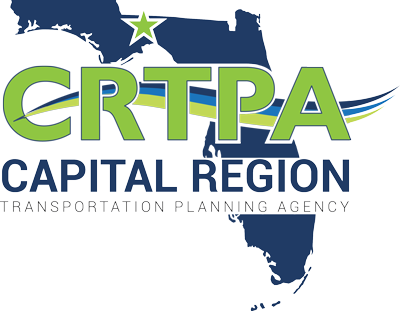Wakulla Springs Trail
Latest Update
October 19, 2023
The Feasibility Study can be found below:
Appendix C – Environmental Maps
Appendix E – Wakulla Springs Management Plan
Appendix F – Public Meeting Sign in Sheets
June 5, 2023
On June 29, 2023, the CRTPA will be hosting a Public Meeting at the Wakulla Springs Lodge to answer questions and receive comments from citizens. You can use the following link for additional information.
SR 267 Public Information Meeting
April 18, 2023
The project was presented to the CRTPA Board – CRTPA Board Presentation
Project Description and Background
In 2013 the CRTPA initiated a project to develop a Capital City to the Sea Trails Master Plan (CC2ST), shown at the bottom of the page, that identified a series of trails to connect Leon County and Wakulla County beyond the and including the St. Marks Trail. This effort was the foundation for developing the CRTPA’s Regional Trail Network that has expanded into projects such as the US 90 Tallahassee to Monticello Multi-Use Trail, Tallahassee to Havana Multi-Use Trail and the Coastal Trail in Wakulla County.
The initial effort for the CC2ST was to develop the Coastal Trail from Lighthouse Road to Surf Road. The Coastal Trail used funding sources such as CRTPA Discretionary funds, Florida State Infrastructure Bank (SIB), and Shared-Use Non-Motorized Trail (SUN Trail) funds, to construct and ultimately complete the Coastal Trail (the last segment from the St. Marks Trail to Lighthouse Road is schedule to begin in late 2024).
One trail that was consistently discussed and requested by citizens was a connection to the Edward Ball Wakulla Springs State Park from the St. Marks Trail. In September of 2022 the CRTPA initiated a Feasibility Study to look at this corridor to provide information as to the possibility of this trail being built within the existing Florida Department of Transportation (FDOT) right of way. The components of this process include:
Data Collection and Mapping. This effort included the collection of data including, but not limited to:
- Property boundaries and ownership through property appraiser’s data
- Right of way through the FDOT District 3 right of way office (if available)
- Roads, both public and private
- Natural features, water bodies, public lands
- Florida Natural Areas Inventory (FNAI) and critical habitat
- State Historic Preservation Officer (SHPO)
- Structures including bridges and culverts
- Posted speed limits
- Aerial photography
- Parks
- Limited utilities
- Site visit notes
- Existing and planned multimodal facilities.
Site Visits. The purpose of the site visits is to determine constraints along the corridor including natural features, utilities, grade issues, private property, and driveway access. The site visits will also determine possible solutions to constraints.
Alternative Trail Analysis. Utilizing the information obtained through the completion of Tasks 1 and 2, the next step would be to develop a Trail Evaluation Matrix. The evaluation will include Long Range Estimate (LRE) opinions of probable cost for design, right-of-way and construction.
Existing Conditions Report. The Existing Conditions Report compiles the data collection, evaluated alternatives, and associated maps and graphics.
Intersection Analysis and Conceptual Development of the SR 267/Old Woodville Highway/Shadeville Road Intersection. This intersection is probably one of the most concerning along the St. Marks Trail and while there have not been any documented fatalities at this location, the Feasibility Study includes the development and evaluation of alternatives to address the safety aspects of this location.
Public Engagement. Upon the completion of the Existing Conditions Report and the Intersection Analysis, a public meeting will be held to present the findings of the Feasibility Report as well as take public comment on the project.
Feasibility Study. Ultimately, the final product of this study will be a Feasibility Study Report.
Project Data
To date, the project has been presented to the CRTPA Technical Advisory Committee (TAC), Citizens Multimodal Advisory Committe (CMAC) and the CRTPA Board. Below is the presentation to CRTPA Board.
April 18, 2023, CRTPA Board Meeting
Additional work includes the Intersection Analysis at SR 267/Shadeville Road/Old Woodville Highway
